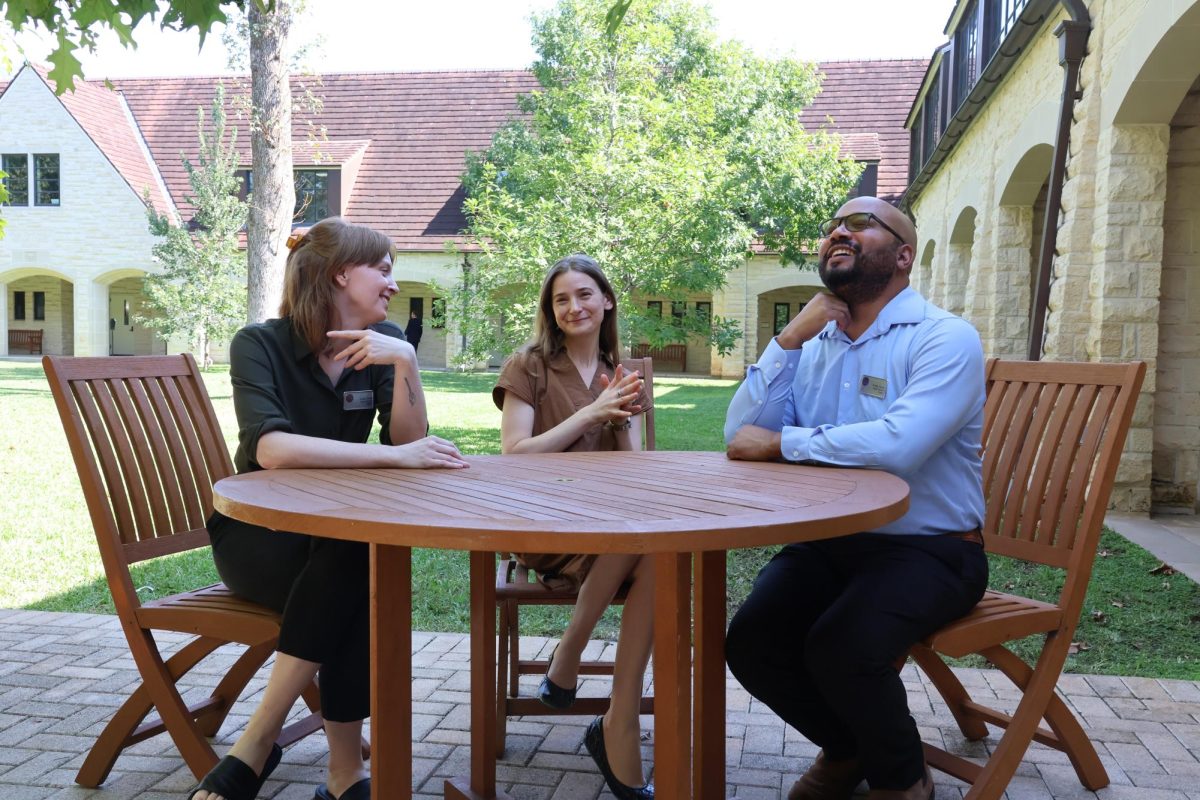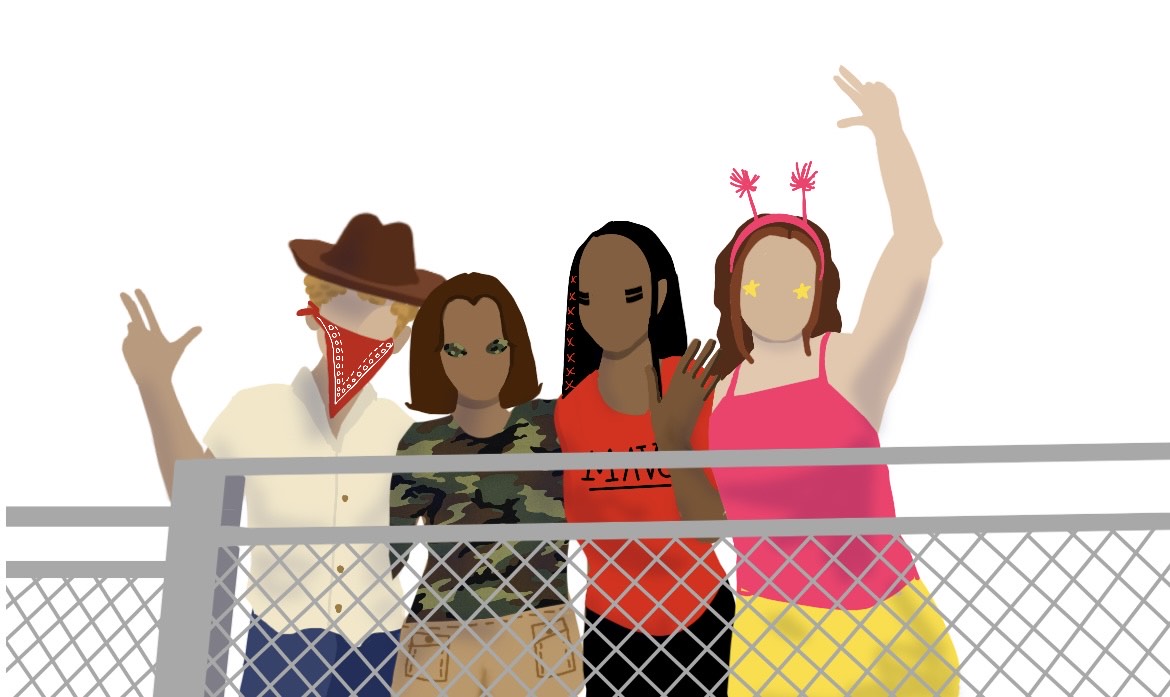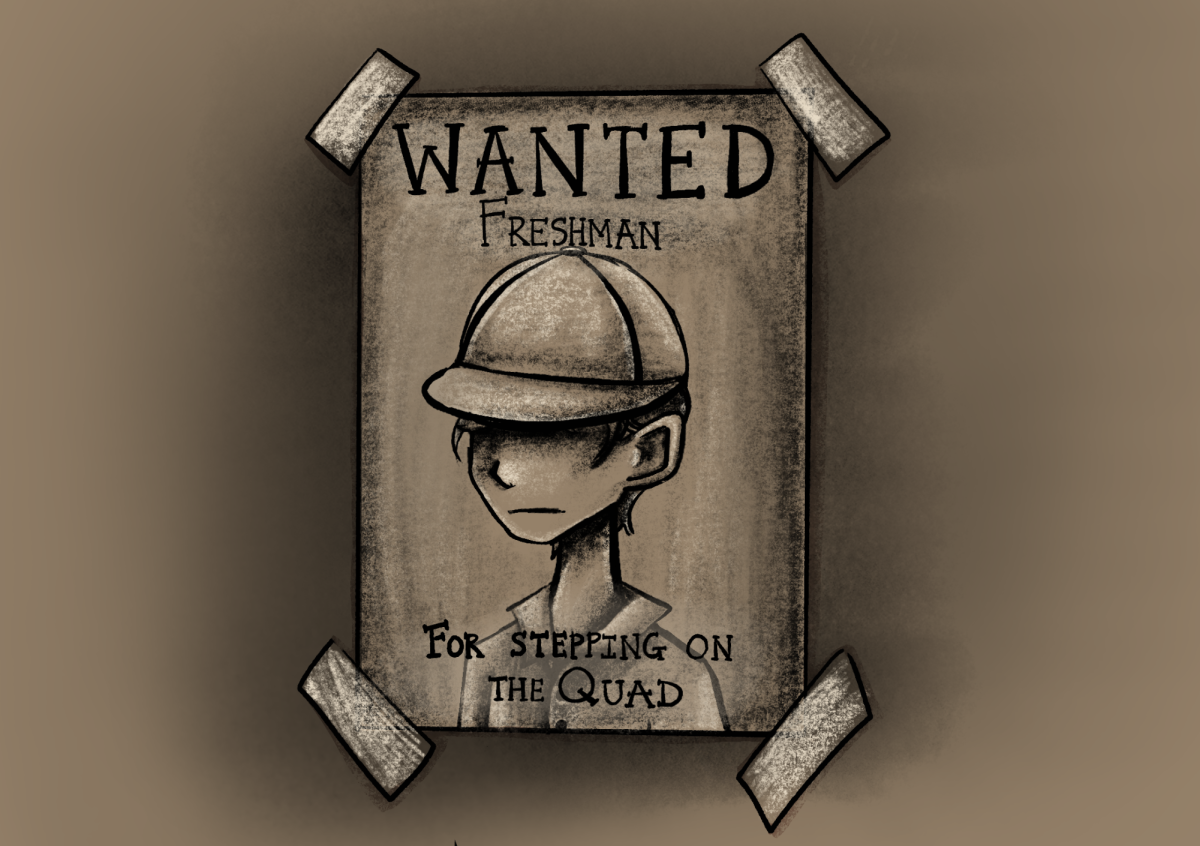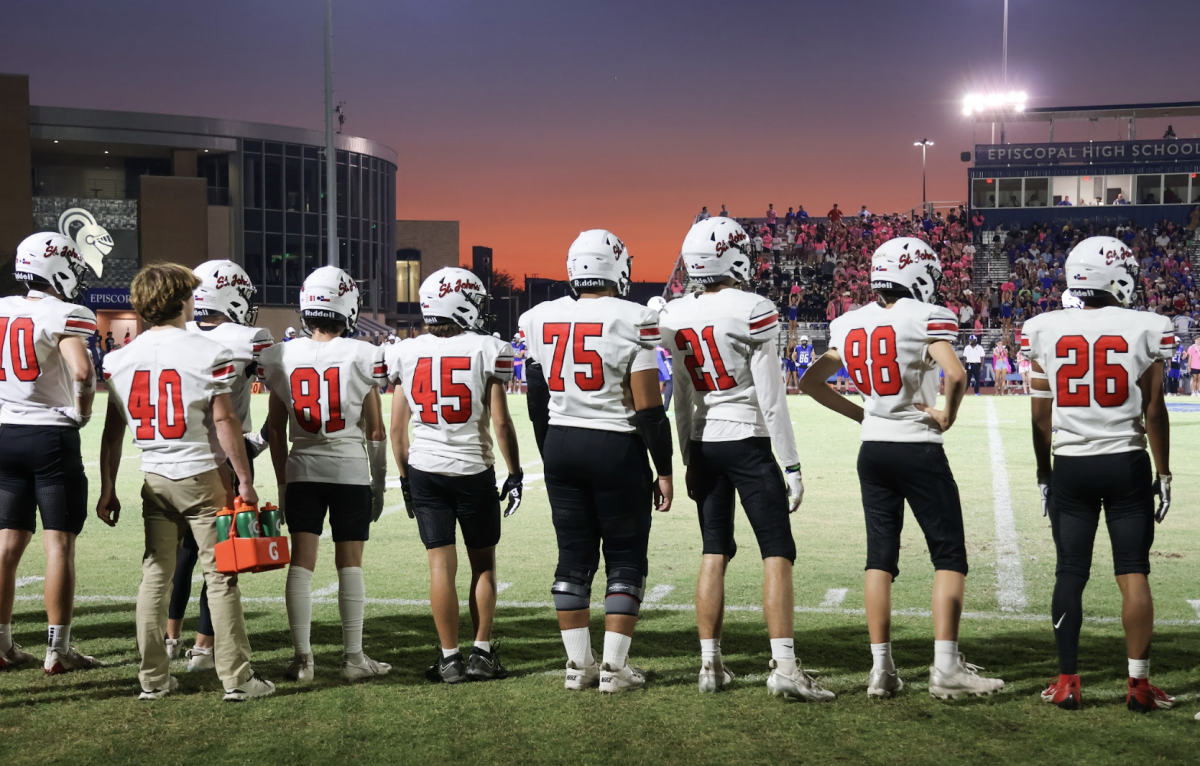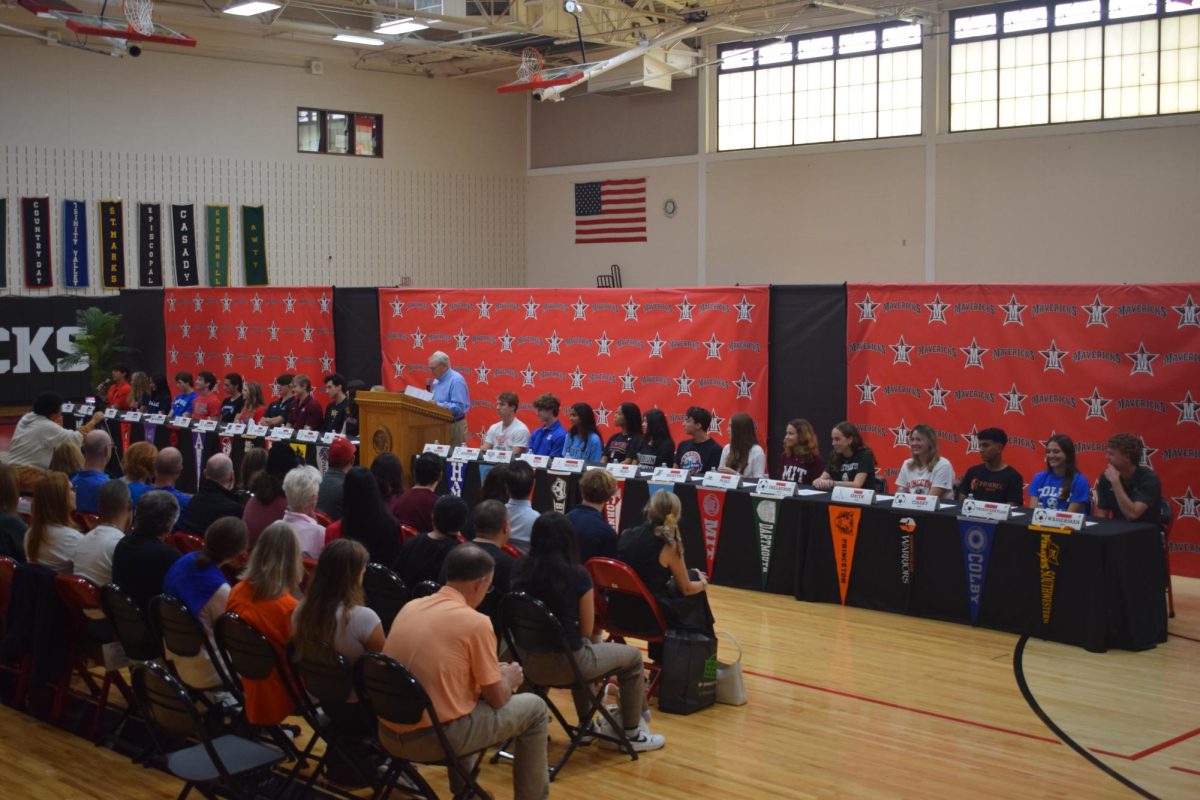*Some names have been changed to protect students’ privacy.
When Kendall* stepped on Caven for field hockey practice, she anticipated another day of intense drills in the summer heat. What she did not expect was that it would be her last time playing the sport entirely.
Kendall started field hockey at a renowned local club when she was 7. From second through seventh grade, she traveled across the nation, competing in tournaments and participating in rigorous weekly practices.
“We would be at a tournament the whole weekend, fly home late Sunday night and then be expected to show up to practice the next day,” Kendall said. “It was a lot.”
By seventh grade, Kendall began experiencing withdrawal. After countless hours of playing in a competitive club environment, her love for the sport had dwindled to the point where practicing felt like a “chore.” So, she made the decision to stop playing for an out-of-school travel team in eighth grade.
“It was really competitive, not only with the tournaments, but also within the club and trying to be on the best team,” Kendall said. “It was just too much pressure.”
When she joined the high school field hockey team, Kendall expected to rediscover her love for the sport. But with a rigorous course load and a loss of passion for the game, she decided to quit.
“I quickly became overwhelmed,” Kendall said. “That was not a habit that I wanted to get into, so I decided to stop playing.”
Kendall’s story resonates with many lifelong youth athletes. Clara* started dancing when she was just three. But after years of competing in a cutthroat studio environment, the pressure became too much to handle. So, she quit when she turned 12.
“Many of the girls were extremely competitive,” Clara said. “At one point, if you cried during stretching drills, the instructors would make you sit outside and do the drill continuously for the next hour of class.”
Upper School Counselor Jacob Davis describes athlete burnout as “the cultural push to be at the top and the pressure that amounts from it.”
“We’re all swimming in this culture of competition and striving for excellence,” Davis said. “Student athletes pick up that pressure from the culture they are existing in, and it can be unavoidable at times.”
The looming presence of college recruitment can also contribute to burnout in youth athletes. Kendall began attending recruitment meetings when she was just 12.
“They constantly pushed us to start thinking about the recruiting process and to make a list of schools that we wanted to go to,” Kendall said. “It was definitely a known goal of the club from the start.”
Many clubs hold recruitment sessions and strategic meetings to help youth athletes reach their goals both on and off the field—but it can pressure athletes to feel as if they are playing just to achieve a coveted acceptance letter.
“When you look at a sport as a means to a next step and not an activity you truly enjoy, it can become problematic,” Davis said.
Pressure from parents and coaches also exacerbates the situation. For Kendall’s family, not making her club’s top team or missing a goal felt like a communal loss.
“I felt like every mistake I made disappointed not just me, but also my coaches and parents. I felt like all the time and money that had gone into my playing was being wasted,” Kendall said.
While many youth athletes make the decision to cease playing when such pressures accumulate, quitting is not always an easy decision. Amy* started playing softball when she was 5. Once she exceeded the level of play at her recreational club, she joined a competitive travel team – but instead of fueling her passion for the game, the club detracted from it.
“I began dreading going to practices and games for the fear of making a mistake,” Amy said. “It got to the point where I would have constant panic attacks.”
Despite the harmful effects of the environment, Amy was hesitant to quit the team.
“I realized that softball was my identity – I had played for so long that I didn’t know who I was without it,” Amy said.
Many single-sport youth athletes face similar challenges as their one-sided dedication hinders the development of their whole identity.
“If I had tried other activities, I think the repercussions of leaving softball would have been smaller,” Amy said.
Davis cautions students to seek balance in their athletic endeavors in order to avoid such complications.
“When you are part of a team, your mental health benefits in a variety of ways. But at the same time, when there’s so much pressure that you are pushed to the point of exhaustion, you are at risk for burnout,” Davis said. “Students should try to expose themselves to a variety of different things and find what they enjoy most.”







